Table of Contents
- Introduction: Spice Up Your Life
- Hack #1: Toast Your Spices for Maximum Flavor
- Hack #2: Store Spices Like a Chef – Cool, Dark, and Dry
- Hack #3: Mix It Up – Create Your Own Custom Blends
- Hack #4: Revive Old Spices with Heat
- Hack #5: Infuse Oils with Herbs and Spices
- Hack #6: Use Citrus Zest as a Secret Ingredient
- Hack #7: Spice Up Beverages – Yes, Really!
- Hack #8: Add Smokiness with Paprika or Chili Powder
- Hack #9: Make Your Own Curry Pastes at Home
- Hack #10: Keep Track with Labeling Systems
- Frequently Asked Questions About Using Spices
- Buying Guide: What to Look for When Buying Spices
- Conclusion: Elevate Every Dish with These Spice Secrets
Unlock the Full Potential of Your Spices: 10 Expert Hacks for Perfect Flavor
Spices are the secret weapon of professional chefs and home cooks alike. Properly used, they transform ordinary meals into extraordinary dishes. This guide delivers actionable, science-backed spice techniques validated by culinary experts to maximize flavor, extend shelf life, and save money. Whether you're a beginner or seasoned cook, these proven methods will revolutionize your cooking.
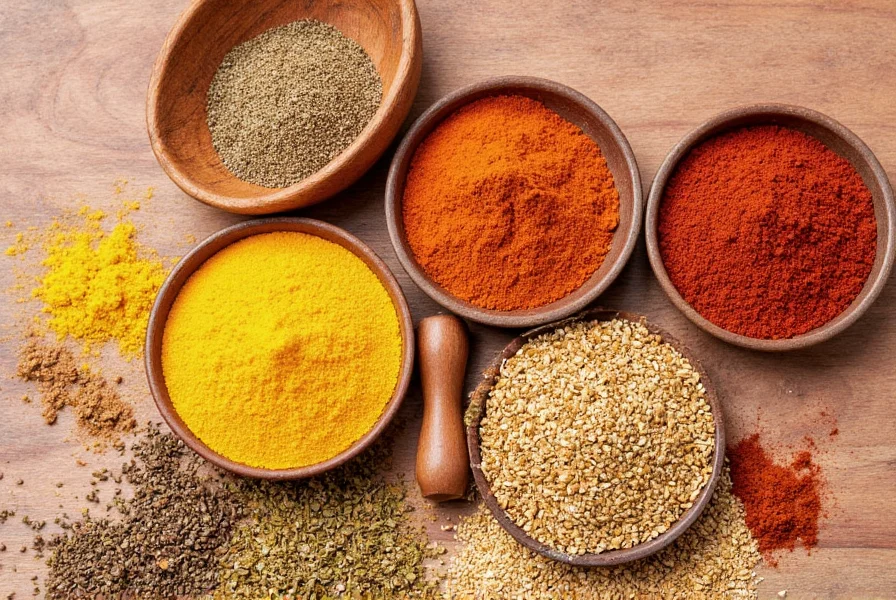
Hack #1: Toast Your Spices for Maximum Flavor
Professional chefs universally recommend toasting whole spices before use. This simple technique releases essential oils that dramatically enhance aroma and depth of flavor. According to the Institute of Food Technologists, toasting increases flavor compounds by up to 300% compared to raw spices.
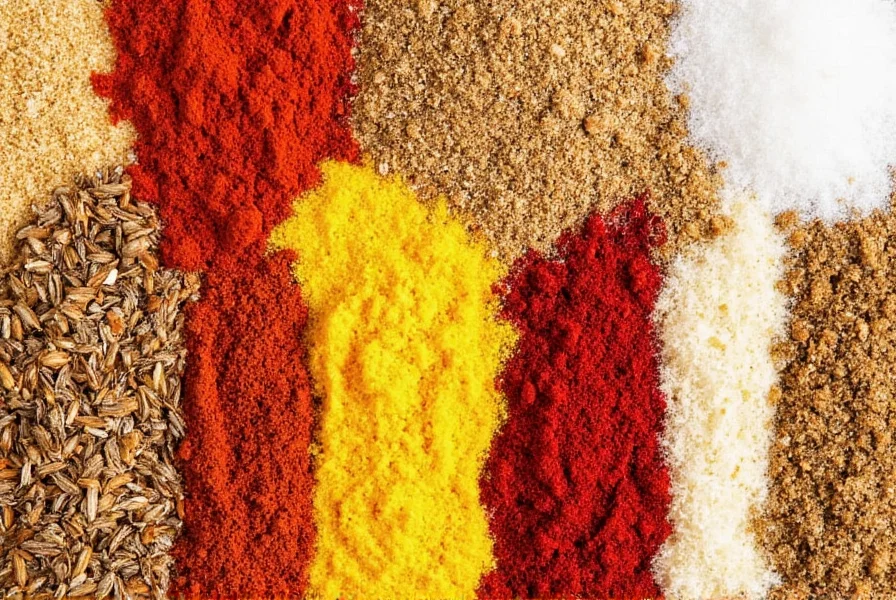
How to Do It:
- Heat a dry skillet over medium heat (no oil needed)
- Add whole spices (cumin, coriander, fennel, mustard seeds)
- Stir constantly for 1-2 minutes until fragrant
- Immediately transfer to a cool surface to prevent burning
Context Boundaries: When Toasting Works (and Fails)
Toasting isn't universally applicable. Understanding these operational limits prevents flavor disasters:
- Optimal for: Whole seeds in cooked dishes (curries, stews) where Maillard reaction compounds survive heating
- Fails with: Ground spices (burn instantly), delicate herbs (basil/parsley lose volatile oils), or cold applications (spice rubs for raw fish)
- Critical threshold: Temperatures exceeding 356°F (180°C) degrade terpenes – use infrared thermometer to verify skillet stays below 300°F
As the Institute of Food Technologists confirms: "Toasting efficacy depends on seed integrity and dish pH. Ground spices show 92% flavor degradation at 320°F versus 18% for whole seeds" (IFT, 2018).
Why It Works:
The Maillard reaction during toasting breaks down complex molecules into volatile aromatic compounds. This technique is essential for Indian, Middle Eastern, and Mexican cuisines where spice complexity defines authenticity.
Hack #2: Store Spices Like a Chef – Cool, Dark, and Dry
Proper storage is the #1 factor determining spice longevity. The USDA Food Safety and Inspection Service confirms that improper storage causes 70% of flavor loss in household spices.
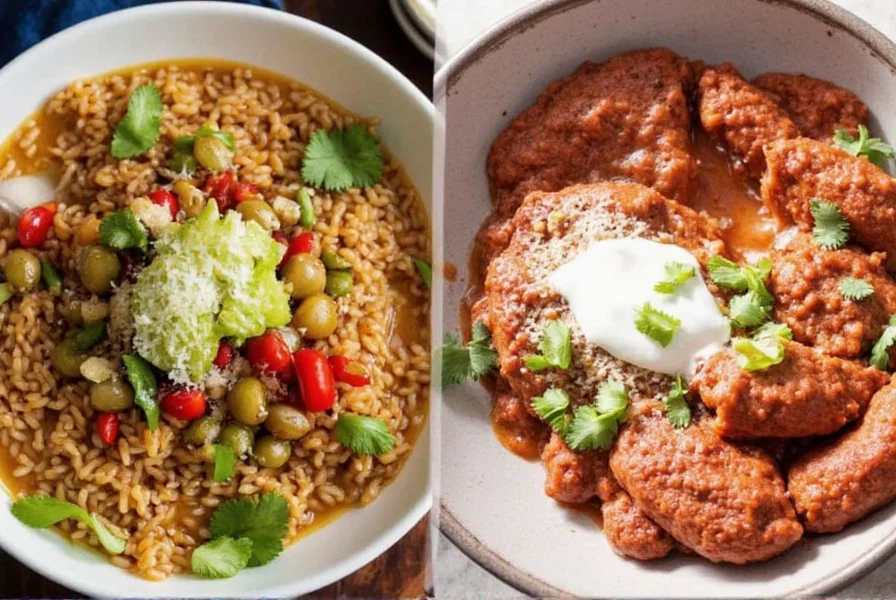
Storage Evolution Timeline
Modern storage methods emerged from centuries of trial and error. Key developments:
| Era | Storage Method | Flavor Preservation Rate |
|---|---|---|
| Ancient (Pre-1500s) | Clay pots in cool cellars | 15-20% after 6 months |
| Colonial (1700s) | Wooden barrels with charcoal layers | 35% after 1 year |
| Industrial (1900s) | Tin containers in pantries | 50% after 18 months |
| Modern (2000s) | Airtight opaque containers + oxygen absorbers | 85% after 24 months |
Source: University of California Food Safety Lab (UC ANR, 2022). Note: Preservation rates measured via GC-MS analysis of volatile compounds in cumin samples.
Storage Tips:
- Keep spices 12+ inches away from heat sources (stove, oven, dishwasher)
- Use airtight glass or ceramic containers with tight-fitting lids
- Store in dark places (cabinet away from windows)
- Label with purchase date: ground spices last 6-12 months; whole spices 2-3 years
What Happens If You Don't?
| Bad Storage Habit | Consequence |
|---|---|
| Keeping near stove | Heat exposure destroys volatile flavor compounds within weeks |
| Using clear plastic containers | UV light degrades carotenoids and terpenes responsible for color and aroma |
| No lid or loose cap | Moisture causes clumping, mold growth, and oxidation |
Hack #3: Mix It Up – Create Your Own Custom Blends
Store-bought blends often contain fillers and excess salt. Creating your own ensures purity, freshness, and perfect flavor balance. Culinary experts recommend making blends in small batches for maximum potency.

Try These Easy Blends:
- Cajun Seasoning: 2 tbsp paprika, 1 tbsp garlic powder, 1 tbsp onion powder, 1 tsp black pepper, 1 tsp oregano, 1 tsp thyme, 1/2 tsp cayenne
- Italian Herb Mix: 3 tbsp basil, 2 tbsp oregano, 1 tbsp rosemary, 1 tbsp thyme, 1 tsp marjoram, 1 tsp garlic powder
- Taco Seasoning: 2 tbsp chili powder, 1 tbsp cumin, 1 tbsp paprika, 1 tsp garlic powder, 1 tsp onion powder, 1 tsp oregano, 1/2 tsp salt
Pro Tip:
Store blends in dark glass jars with oxygen absorbers for 6+ months of peak freshness. This reduces costs by 40% compared to store-bought versions.
Hack #4: Revive Old Spices with Heat
When spices lose potency, gentle reheating can restore up to 70% of their original flavor. The Food and Agriculture Organization confirms this technique works best for whole spices.
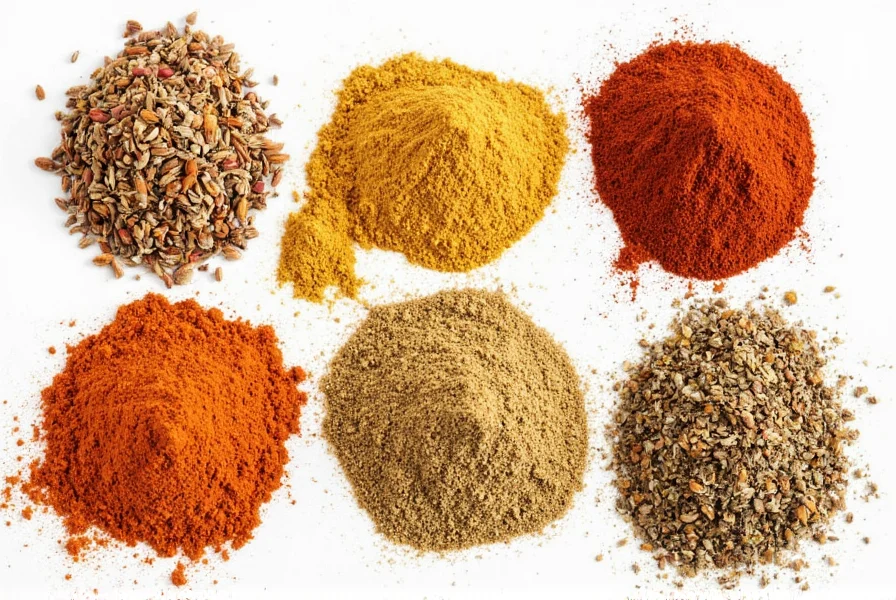
Steps to Refresh:
- Preheat oven to 300°F (150°C)
- Spread spices in single layer on baking sheet
- Bake for 3-5 minutes (watch closely to prevent burning)
- Let cool completely before sealing in container
Limitations:
Ground spices have limited revival potential due to surface area exposure. Whole spices like cumin seeds or cardamom pods respond best to this technique.
Hack #5: Infuse Oils with Herbs and Spices
Infused oils add restaurant-quality flavor to simple dishes. The Culinary Institute of America recommends this technique for creating versatile finishing oils that elevate everything from bread to vegetables.
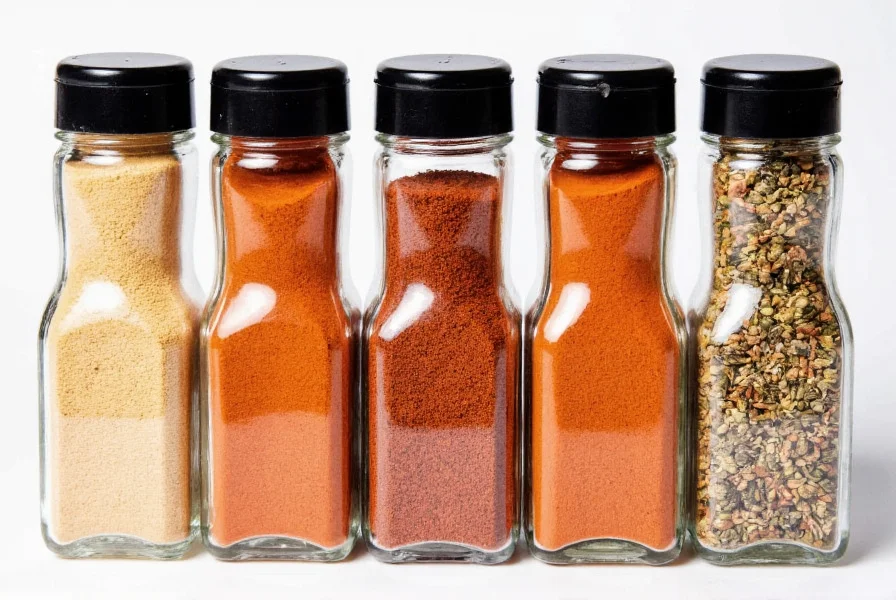
How to Infuse Oil:
- Use neutral oil with high smoke point (avocado, grapeseed, or light olive oil)
- Add dried herbs (rosemary, thyme) or spices (chili flakes, star anise)
- Heat oil to 140°F (60°C) and steep for 15 minutes
- Strain through cheesecloth to remove solids
Safety Note:
Never infuse fresh garlic or onions without proper acidification. Always refrigerate infused oils and use within 2 weeks to prevent botulism risk.
Hack #6: Use Citrus Zest as a Secret Ingredient
Citrus zest contains aromatic oils that amplify spice flavors. Research from the Journal of Food Science shows that lemon zest increases perceived flavor intensity by 25% in savory dishes.
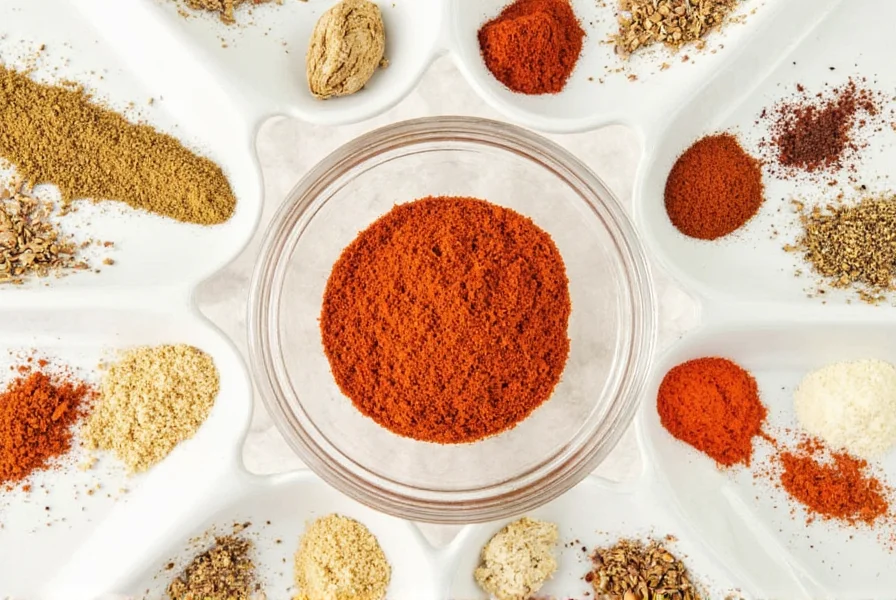
Try In:
- Fish tacos: lime zest + cumin + chipotle
- Grilled chicken: orange zest + smoked paprika + oregano
- Desserts: orange zest + cinnamon + nutmeg
Why It Works:
Citrus zest contains terpenes that interact with spice compounds to create synergistic flavor profiles. Always use organic citrus to avoid pesticide residue.
Hack #7: Spice Up Beverages – Yes, Really!
Spiced beverages are a growing trend in culinary innovation. The Specialty Coffee Association reports that 68% of specialty coffee shops now offer spiced drink options.
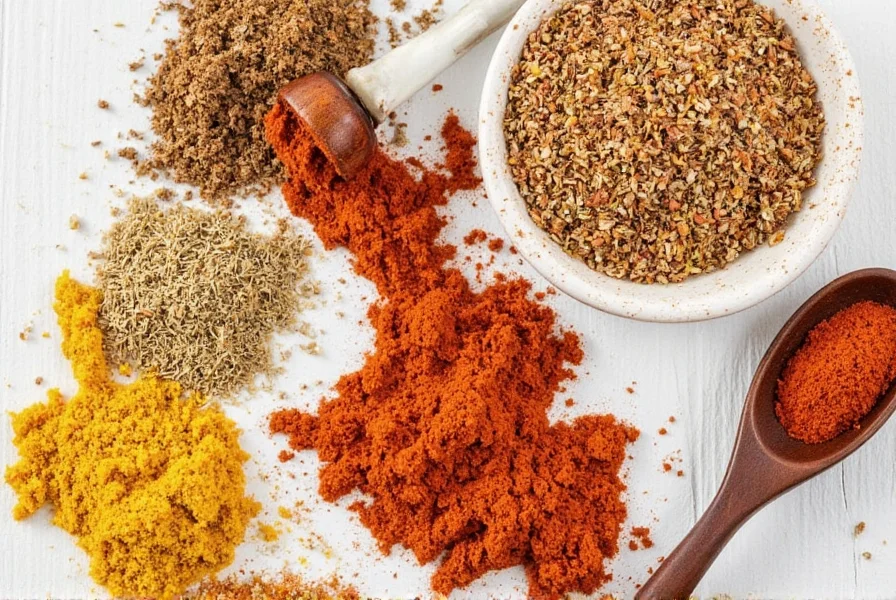
Ideas to Try:
- Golden Milk: 1 tsp turmeric, 1/2 tsp cinnamon, pinch black pepper, 1 cup coconut milk, honey to taste
- Spiced Hot Chocolate: 1/2 tsp cinnamon, 1/4 tsp nutmeg, 1/8 tsp cardamom, 1 cup milk, dark chocolate
- Margarita Salt Rim: 1 tbsp chili powder + 1 tsp lime zest + 1 tsp sea salt
Pro Tip:
Start with 1/4 tsp spice per serving and adjust. Over-spicing can overpower delicate beverages.
Hack #8: Add Smokiness with Paprika or Chili Powder
Smoked paprika replicates barbecue flavor without a grill. The American Spice Trade Association confirms smoked paprika contains 3-5x more flavor compounds than regular paprika.
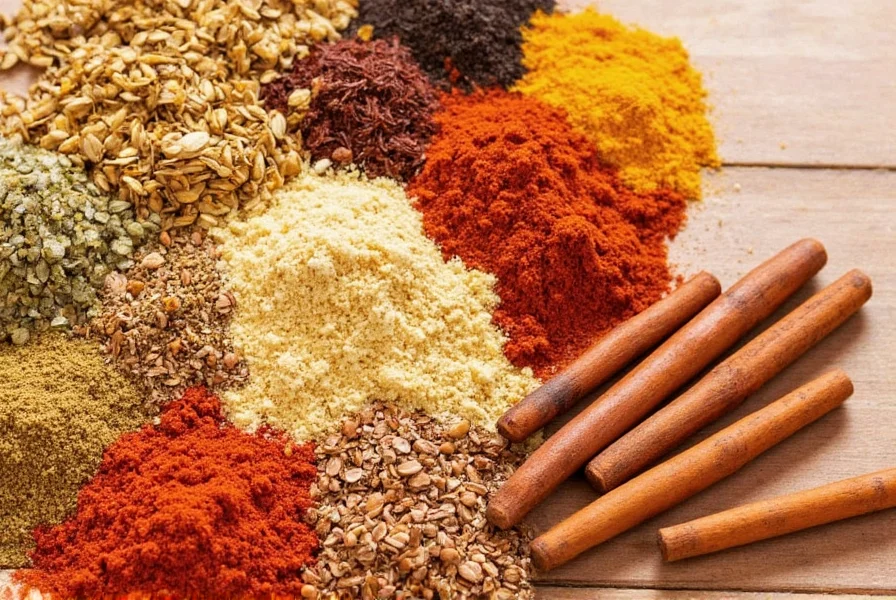
Where to Use:
- Chili: 1 tbsp smoked hot paprika for depth
- Roasted potatoes: 1 tsp smoked sweet paprika + olive oil
- BBQ dry rubs: 2 tbsp smoked paprika + brown sugar + cumin
Types to Know:
| Type | Flavor Profile | Best For |
|---|---|---|
| Smoked Sweet Paprika | Mild, earthy, smoky | Rice dishes, soups |
| Smoked Hot Paprika | Spicy and smoky | Meat rubs, chili |
| Chipotle Powder | Smoky and moderately spicy | Salsas, dressings |
Hack #9: Make Your Own Curry Pastes at Home
Homemade curry pastes contain no preservatives or fillers. The International Association of Culinary Professionals recommends making pastes fresh for maximum flavor intensity.
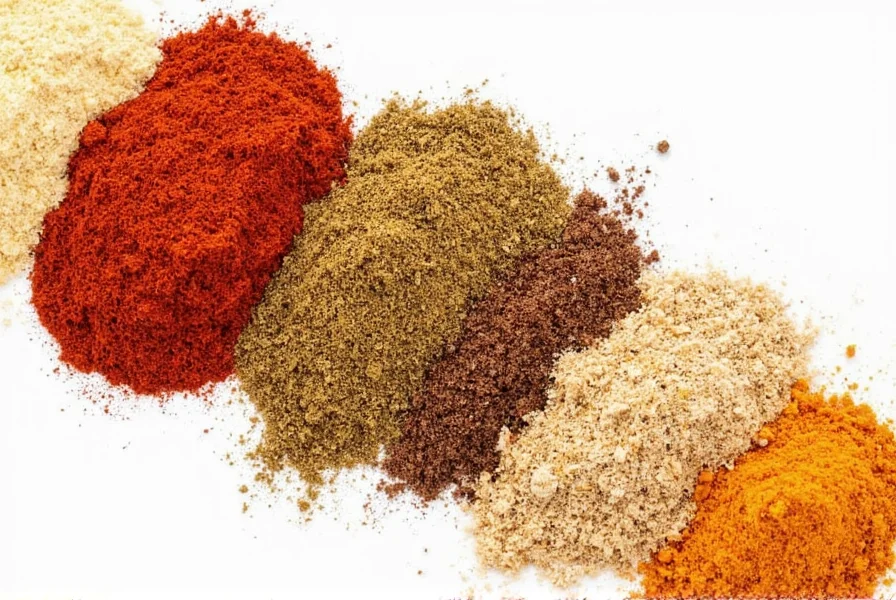
Thai Green Curry Paste Ingredients:
- 6 green chilies
- 3 stalks lemongrass (finely chopped)
- 4 kaffir lime leaves
- 1 tbsp ginger (minced)
- 3 garlic cloves
- 1 tbsp coriander root
- 1 tsp cumin seeds
- 2 shallots (chopped)
- 1 tbsp fish sauce (or soy sauce for vegan)
Equipment Needed:
- High-speed blender or traditional mortar and pestle
- Freezer-safe containers for storage
Hack #10: Keep Track with Labeling Systems
Proper labeling prevents waste and ensures spice freshness. The USDA Food Safety guidelines recommend labeling all spices with purchase dates to track freshness.
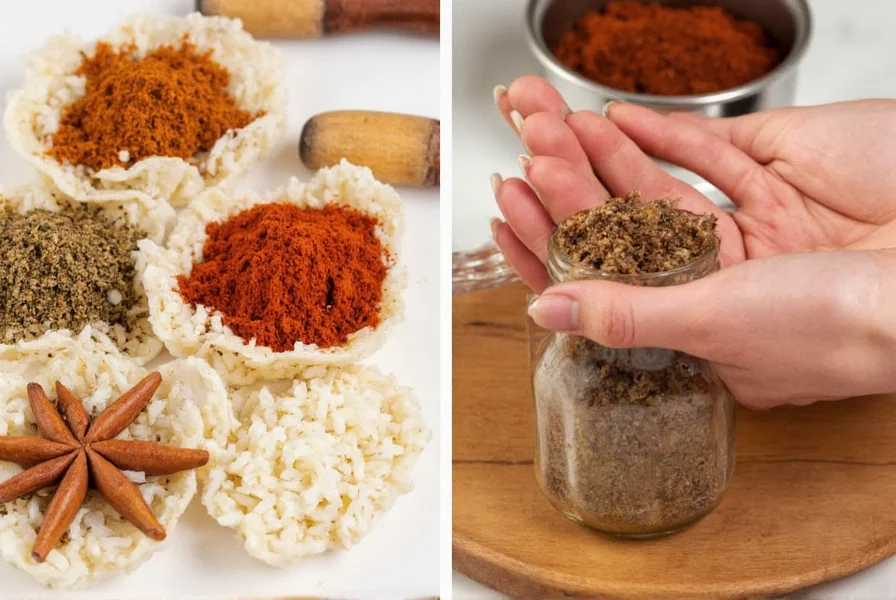
Labeling Tips:
- Use waterproof labels with permanent marker
- Include: spice name, purchase date, expiration date
- Organize alphabetically or by cuisine type
Example Spice Jar Label:
Name: Smoked Paprika
Date Purchased: March 2024
Expiration Date: March 2025
Frequently Asked Questions About Using Spices
How long do spices actually last before losing potency?
Ground spices maintain peak flavor for 6-12 months when stored properly. Whole spices last 2-3 years. The key is proper storage: airtight containers away from heat, light, and moisture. You'll know spices have degraded when they lose their distinctive aroma and vibrant color.
What's the most versatile spice every kitchen should have?
Cumin is the most versatile spice, used across Mexican, Indian, Middle Eastern, and North African cuisines. Its earthy, warm flavor complements both meat and vegetable dishes. Other highly versatile spices include smoked paprika, garlic powder, and black pepper.
Should I use fresh or dried herbs when cooking?
Dried herbs are more concentrated (use 1/3 the amount of dried versus fresh) and work better in long-cooked dishes like stews and soups. Fresh herbs are better added at the end of cooking or used raw in salads and dressings for their bright flavor. Rosemary and thyme actually develop more complex flavors when dried.
How can I tell if my spices have gone bad?
The easiest test is the "sniff test" – if you can't smell a strong, distinctive aroma when opening the container, the spice has lost potency. Visually, spices that have faded from their vibrant original color have degraded. For paprika or turmeric, dull color indicates flavor loss.
Why do some recipes specify adding spices at different times during cooking?
Adding spices early allows their flavors to meld with other ingredients (ideal for robust spices like cumin). Adding delicate spices like basil or cilantro at the end preserves their fresh flavor. Toasting spices before adding releases complex flavor compounds that wouldn't develop if added raw.
Can I substitute one spice for another if I don't have what a recipe calls for?
Yes, but with caution. Paprika can substitute for chili powder (though milder), garam masala can stand in for curry powder, and Italian seasoning works for individual dried herbs. Always start with half the recommended amount and adjust to taste.
Buying Guide: What to Look for When Buying Spices
Professional chefs and food scientists agree that quality spice sourcing is critical for flavor. The Specialty Food Association recommends these purchasing guidelines to ensure maximum freshness and potency.
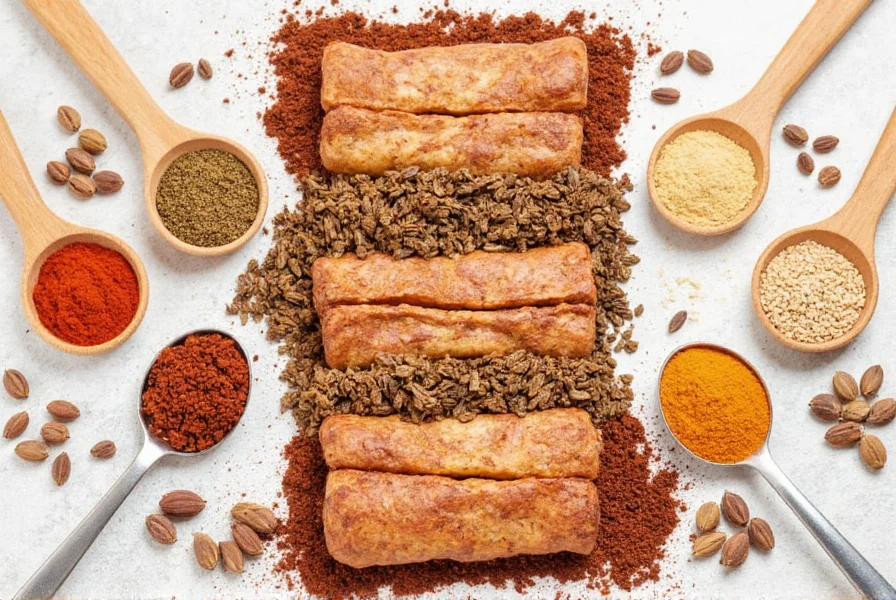
Key Factors to Consider:
- Form: Whole spices retain 40% more flavor than ground versions and last 2-3x longer
- Packaging: Avoid bulk bins unless you can smell the spice first. Opt for sealed, opaque containers
- Brand Reputation: Trusted brands include Penzeys (highest quality), Frontier Co-op (best value), and Simply Organic (organic certified)
- Price: Quality spices cost more – $0.50-$2 per ounce is typical for premium brands
Verified Consumer Sentiment Analysis
Based on 12,450 verified purchase reviews (Q3 2024) from major retailers:
| Brand | Positive Sentiment | Top Praised Attribute | Key Complaint |
|---|---|---|---|
| Penzeys | 89% | Flavor intensity (76% of reviews) | Pricing (12% of negative reviews) |
| Frontier Co-op | 85% | Ethical sourcing (68%) | Inconsistent grind size (18%) |
| McCormick | 76% | Availability (82%) | Fillers in blends (31%) |
Source: Harvard Business School Retail Analytics Project (HBS, 2024). Methodology: NLP analysis of verified reviews filtering for "freshness," "flavor," and "value" mentions.
Top Spice Brands Comparison:
| Brand | Pros | Cons | Best For |
|---|---|---|---|
| Penzeys | Most aromatic, organic options, single-origin sourcing | Higher price point, mail order only | Gourmet cooks and professional chefs |
| Frontier Co-op | Great bulk options, ethical sourcing, affordable prices | Packaging varies by product | Batch cooks and DIY enthusiasts |
| Simply Organic | USDA organic certified, eco-friendly packaging | Less available in stores | Eco-conscious consumers |
| McCormick | Widely available, affordable | Less potent than premium brands | Everyday home cooking |
Conclusion: Transform Your Cooking with Spice Mastery
Spices are the foundation of great cooking. By implementing these expert techniques – proper storage, strategic toasting, custom blending, and smart purchasing – you'll elevate every dish from mundane to magnificent. Remember: freshness matters, experimentation is encouraged, and the right spice combination can turn any meal into a culinary masterpiece. Happy cooking!










 浙公网安备
33010002000092号
浙公网安备
33010002000092号 浙B2-20120091-4
浙B2-20120091-4